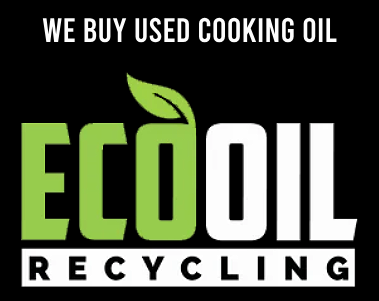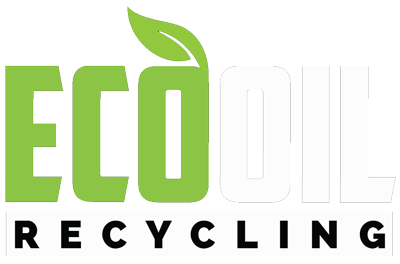Unsanitary conditions and other messes can quickly take over a restaurant kitchen and should be avoided at all costs. It’s one thing to have cleaning supplies on-hand but things can quickly pile up so it’s important to have a plan in place to keep your kitchen clean. A restaurant cleaning schedule that you and your staff can follow will help you make sure surfaces and appliances are cleaned on a regular basis and your team stays accountable. Here are some tips on how to implement a cleaning schedule at your restaurant.
Assess Your Restaurant’s Needs
Some restaurants have different cleaning needs than others so it’s important to determine what items need to be completed on a daily, weekly or monthly basis before you start developing a plan. A kitchen that cooks with a commercial deep-fryer a lot will require different attention than one that serves mainly grilled foods. It will be easier to develop an effective restaurant cleaning schedule if you have a better understanding of your specific needs.
High-traffic Areas
Areas that get a lot of foot traffic will need to be cleaned more frequently. These areas generally include:
- Entries
- Bars
- Kitchen work stations
- Restrooms
- Hallways
Building your cleaning schedule around the needs of these areas can be a good place to start.
Keep Kitchen Clean with Used Cooking Oil Pickup
One item that’s often forgotten about but can play a major role in restaurant kitchen cleanliness is used cooking oil removal. Deep fryers produce a significant amount of used cooking oil everyday and it’s collected in storage tanks, but where does it go after that? A restaurant waste oil collection service can help with regularly scheduled pickups so tanks won’t overflow.
Decide on Regular Times and Responsibilities
Deciding when regular cleaning tasks will get done and who on your restaurant staff will be responsible for completing them is essential. Making sure you have a single person accountable for cleaning responsibilities is normally the best way to make sure that tasks are completed and team members don’t assume that someone else will take care of things later. Posting a spreadsheet on the wall with all tasks and times they should be completed clearly labeled is another way to make sure items on your restaurant cleaning schedule are completed on time.
Categorize Restaurant Cleaning Tasks
It’s also helpful to categorize cleaning tasks into different categories and assign them to the appropriate restaurant staff. Team members who are available in the early morning can get ready for the day by sweeping floors, wiping down tables, and restocking supplies like napkins and hand sanitizer. Late night staff is better suited to clean cooking equipment and make sure tables and chairs are organized properly. Determining who’s responsible for different categories will make your restaurant cleaning schedule easier to understand.
Monitor and Update Cleaning Schedule
Once your restaurant cleaning schedule is implemented, it’s important to monitor performance to see if it works out as well as you hoped. Regular cleaning inspections should be added to the schedule to make sure staff is performing their assigned cleaning tasks. It’s possible that it could need changes to get all cleaning tasks completed promptly by staff members everyday for one reason or another.

